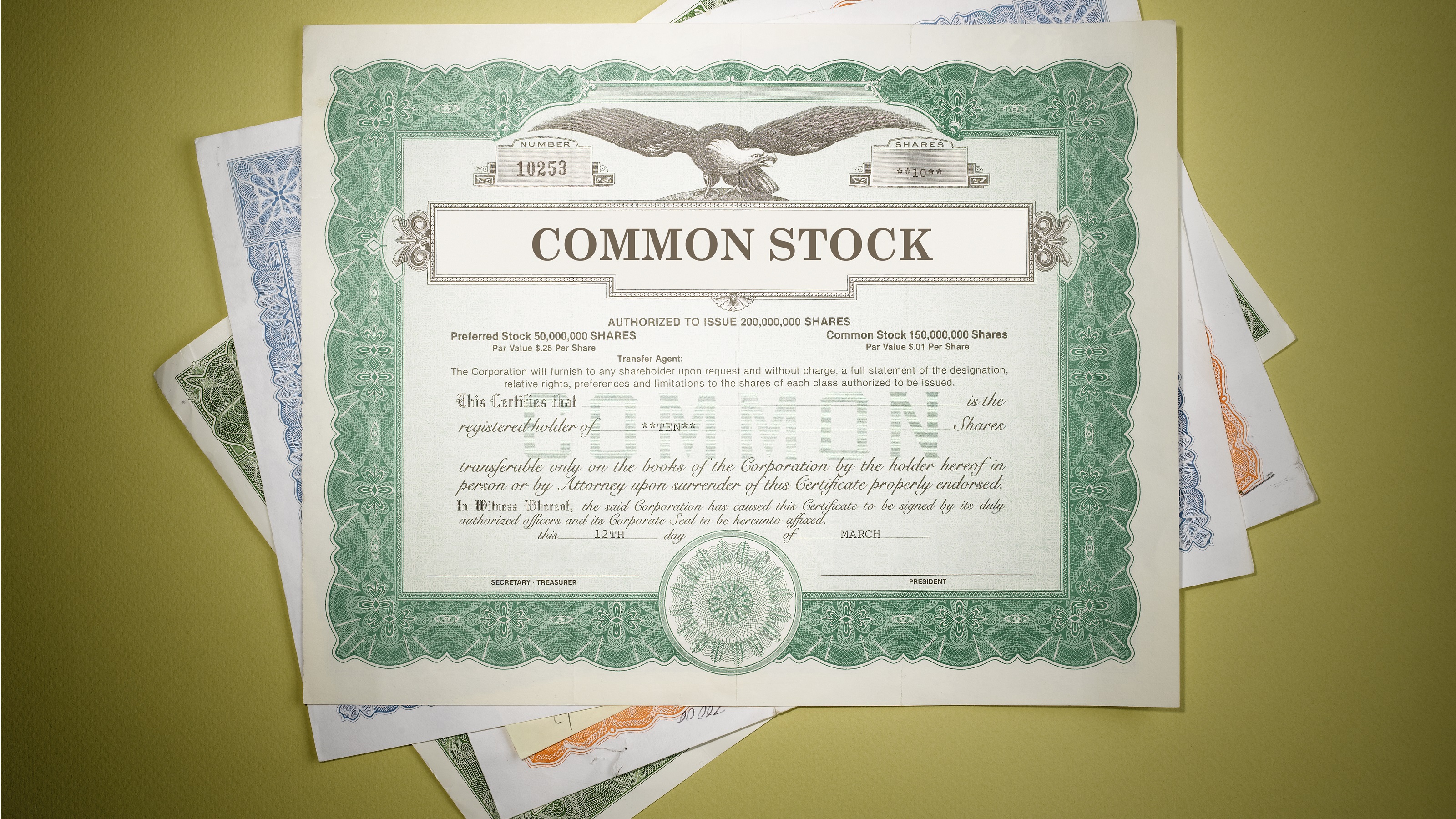A New Bull Market Became Official in June, But It Looks a Little Wobbly
For those seeking a bull market, stock market gains, although somewhat concentrated, are promising.


A summer rally has closed the books on the bear market of 2022, but plenty of market experts remain skeptical about the new bull market. It became official in early June, when the S&P 500 index closed 20% above its October 2022 bottom, the traditional indication that a new round of market gains is under way. The blue-chip barometer closed at 4450 on June 30.
As stocks have continued to grind higher this year, a number of Wall Street analysts have become bull-market converts, boosting their year-end forecasts for stock prices overall. “Admittedly, we entered the year more cautious given the host of uncertainties the market faced, but it seems that all the doom and gloom that many others were prognosticating has yet to come to fruition,” says strategist Brian Belski, at BMO Capital.
He now sees the S&P 500 at the 4550 level by year-end, up from a prior forecast of 4300. Strategists at Goldman Sachs boosted their year-end S&P 500 target to 4500, from 4000. Sam Stovall, chief investment strategist at investment-research firm CFRA, reiterated the firm’s original year-end forecast of 4575 for the index but reset the firm’s 12-month target to 4820, implying an 8% gain by June 2024.

Sign up for Kiplinger’s Free E-Newsletters
Profit and prosper with the best of expert advice on investing, taxes, retirement, personal finance and more - straight to your e-mail.
Profit and prosper with the best of expert advice - straight to your e-mail.
If history is a guide, says Stovall, the prognosis for further gains from here is good. Since World War II, whenever the S&P 500 closed 20% above its prior bear-market low, the index gained an average 11.3% over the subsequent five months before stumbling into a correction of 10%, on average. Even with a correction, 12 months after crossing the new-bull-market threshold, the S&P 500 was higher by nearly 20%, says Stovall, rising in 12 of 13 instances.
Red flags
And yet, this young bull is anything but hard-charging, and worrisome signs persist. “We continue to see increasing warning flags that something is not right with this bull market,” says longtime market historian Jim Stack, president of InvesTech Research. Many bull markets lift off from a V-shaped bottom that indicates stocks have reached extreme oversold and undervalued levels, he notes. Not this one. “This has turned into a grueling struggle,” says Stack of the market’s advance.
The concentrated aspect of the market’s rally has been disappointing, with most of the gains coming from a few big-name tech stocks. Through early June, the 10 largest tech stocks in the S&P 500, representing 25% of the benchmark’s weighting, accounted for 95% of its gains, notes Saira Malik, chief investment officer of investment firm Nuveen.
Shares in Apple closed out the first half at a record high, giving the stock a market value of more than $3 trillion. In recent weeks, stock gains have broadened a bit. But advances in small-company stocks aren’t confirming the rally in mega-cap stocks. “Small caps typically lead with some of the sharpest and largest gains in the first year of a new bull,” says Stack. “The small-cap Russell 2000 index is a fraction of what it should be eight months into a new bull market.”
Recession indicators continue to flash warning signs. “I understand the contrarian instinct about the recession — that it’s been the most telegraphed in history, so it’s not going to happen,” says Doug Ramsey, chief investment officer at money-management firm Leuthold Group. Nonetheless, he notes that an inverted yield curve — which occurs when short-term yields are higher than longer-term yields — has a good track record of predicting recessions, especially when you compare yields of three-month Treasury securities with those of 10-year notes. “It has been eight for eight in predicting the last eight recessions,” he says.
He and Stack also point to weakness in the U.S. Leading Economic Index, which tracks forward-looking indicators such as consumer sentiment to forecast turns in the economy. The index is currently predicting a recession within the next 12 months. Meanwhile, the Federal Reserve’s battle against inflation is far from over, with one or more interest rate hikes expected from the central bank before the end of the year.
The outlook for corporate profits might be too optimistic, says Sameer Samana, senior global strategist at Wells Fargo Investment Institute. “The market seems to be pricing in a rosy scenario for earnings. But if we’re going to be in a highly volatile, higher-inflation and higher-rate environment, where the Fed may or may not be done hiking, then I don’t want to pay price-earnings multiples that are all that high,” he says.
What to do now
Recognize that even if the bull market is off to a rocky start, it will find its legs eventually. “We’re not perma-bears,” says Samana. “We do see brighter days ahead.” For now, you’ll find a good balance of risk and reward with high-quality holdings, such as those found in exchange-traded fund JPMorgan U.S. Quality Factor (symbol JQUA), newly added to the Kiplinger ETF 20, the list of our favorite ETFs.
If you’re worried about hitching your hopes to just a handful of hot stocks, consider an index fund that weights each holding equally, so that a handful of Goliaths can’t dominate. “We see continued risks in mega-cap growth stocks,” say strategists at BofA Securities. “We prefer the equal-weight S&P 500 to the market-cap-weighted S&P 500.” BofA recently pegged the return potential of the equal-weight index as double that of the market-cap-weighted one.
Leuthold Group’s Ramsey agrees with an equal-weight approach, which makes more room for more attractively priced small- and mid-cap stocks in a portfolio. “The average stock stands to do much better than the averages themselves over the next three to five years,” he says. Invesco S&P 500 Equal Weight (RSP) is a popular choice. The ETF has an expense ratio of 0.20%.
Note: This item first appeared in Kiplinger's Personal Finance Magazine, a monthly, trustworthy source of advice and guidance. Subscribe to help you make more money and keep more of the money you make here.
Related Content
Get Kiplinger Today newsletter — free
Profit and prosper with the best of Kiplinger's advice on investing, taxes, retirement, personal finance and much more. Delivered daily. Enter your email in the box and click Sign Me Up.

Anne Kates Smith brings Wall Street to Main Street, with decades of experience covering investments and personal finance for real people trying to navigate fast-changing markets, preserve financial security or plan for the future. She oversees the magazine's investing coverage, authors Kiplinger’s biannual stock-market outlooks and writes the "Your Mind and Your Money" column, a take on behavioral finance and how investors can get out of their own way. Smith began her journalism career as a writer and columnist for USA Today. Prior to joining Kiplinger, she was a senior editor at U.S. News & World Report and a contributing columnist for TheStreet. Smith is a graduate of St. John's College in Annapolis, Md., the third-oldest college in America.
-
 What 401(k) Savers Near Retirement Can Do Amid Market Volatility
What 401(k) Savers Near Retirement Can Do Amid Market VolatilityWhether retirement is years away, a year or two out, or in the rearview mirror, here's how to handle uncertainty in your 401(k).
By Donna Fuscaldo Published
-
 The New Space Age Takes Off
The New Space Age Takes OffThe Kiplinger Letter From fast broadband to SOS texting, space has never been more embedded in peoples’ lives. The future is even more exciting for rockets, satellites and emerging space tech.
By John Miley Published
-
 Can a New Manager Cure Vanguard Health Care Fund?
Can a New Manager Cure Vanguard Health Care Fund?Vanguard Health Care Fund has assets of $40.5 billion but has been ailing in recent years. With a new manager in charge, what's the prognosis?
By Nellie S. Huang Published
-
 What Is a Medallion Stamp? The Requirement for Transferring Securities
What Is a Medallion Stamp? The Requirement for Transferring SecuritiesTransferring securities from one account to another often requires this extra step.
By Emma Patch Published
-
 How Dividend Reinvestments Work for Retirement
How Dividend Reinvestments Work for RetirementWant your retirement investments to keep growing? Here's what you should know about dividend reinvestment.
By Robert H. Yunich Published
-
 20 Ways to Clean Up Your Finances This Spring
20 Ways to Clean Up Your Finances This SpringSpring cleaning is therapeutic and stops costly problems from building up around the home. Why not tackle the dusty corners of your finances at the same time?
By Lisa Gerstner Published
-
 The Free-Lunch Strategy to Reduce Risk From Tech Stocks
The Free-Lunch Strategy to Reduce Risk From Tech StocksA recent rout in tech stocks has some investors thinking more defensively. This "free-lunch portfolio" strategy can help.
By Anne Kates Smith Published
-
 How to Survive Market Mayhem
How to Survive Market Mayhem2025 is turning out to be a turbulent year for the market, but don't panic. Here are four ways investors can ride out the storm.
By Jeffrey R. Kosnett Published
-
 4 Turnaround Stocks to Consider – and 2 More to Keep an Eye On
4 Turnaround Stocks to Consider – and 2 More to Keep an Eye OnA turnaround stock is a struggling company with a strong makeover plan that can pay off for intrepid investors.
By Nellie S. Huang Published
-
 Has This Unconventional Growth Fund Lost Its Mojo?
Has This Unconventional Growth Fund Lost Its Mojo?The Primecap Odyssey Growth Fund has lagged the broader S&P 500, but it still boasts a solid return and provides investors with diversification.
By Nellie S. Huang Published